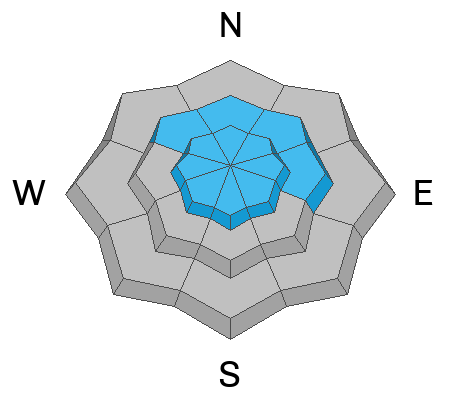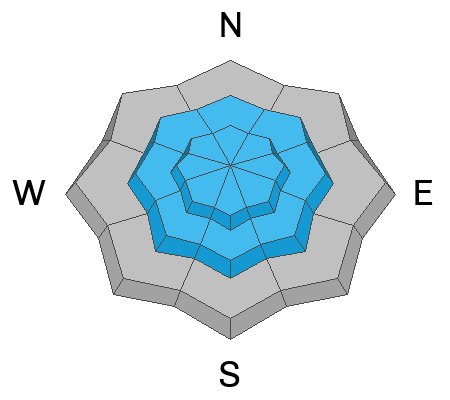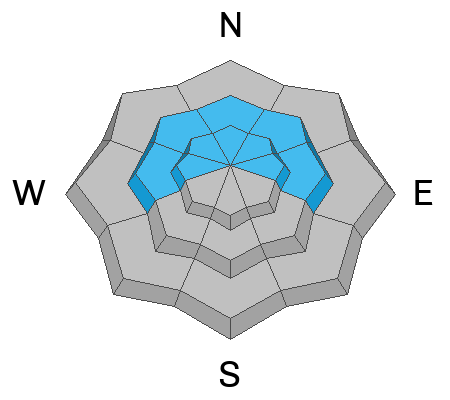Forecast for the Ogden Area Mountains

Issued by Trent Meisenheimer on
Saturday morning, January 6, 2024
Saturday morning, January 6, 2024
The avalanche danger is MODERATE across most mid-elevations and on all upper elevations. The two avalanche concerns for today are (1) sensitive soft slabs of wind-drifted snow (2) sluffing (dry-loose avalanches) within the new snow. MODERATE danger means human-triggered avalanches are possible.
Heads up: If the winds from the south blow harder than forecast the avalanche danger could quickly spike to CONSIDERABLE. Look for and avoid slopes that are being loaded by the wind. Cracking and collapsing are bulls-eye clues to unstable snow.
Heads up: If the winds from the south blow harder than forecast the avalanche danger could quickly spike to CONSIDERABLE. Look for and avoid slopes that are being loaded by the wind. Cracking and collapsing are bulls-eye clues to unstable snow.

Low
Moderate
Considerable
High
Extreme
Learn how to read the forecast here






